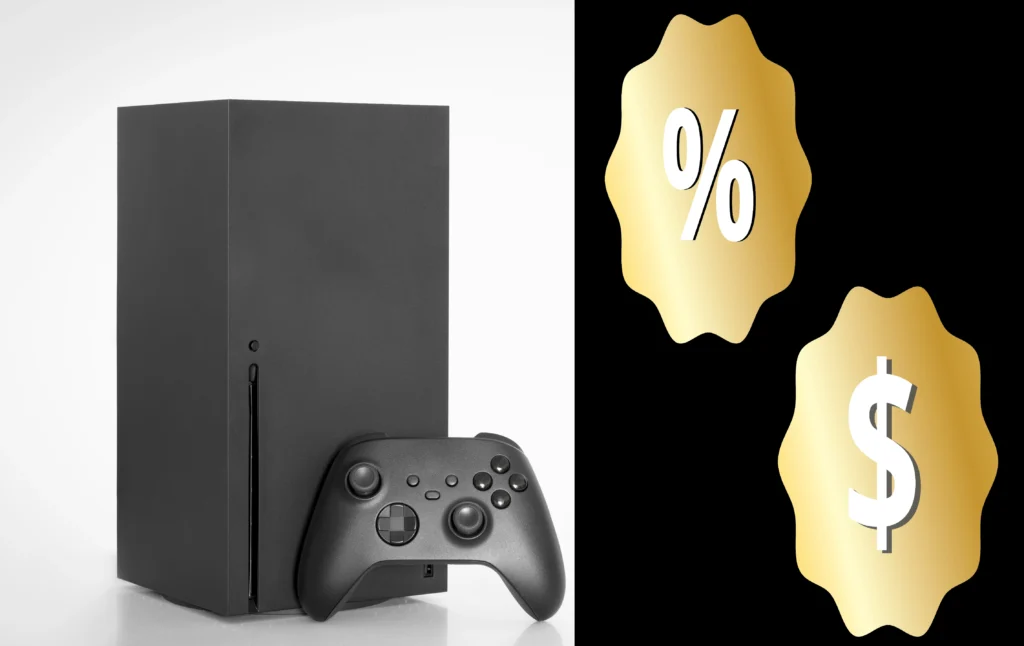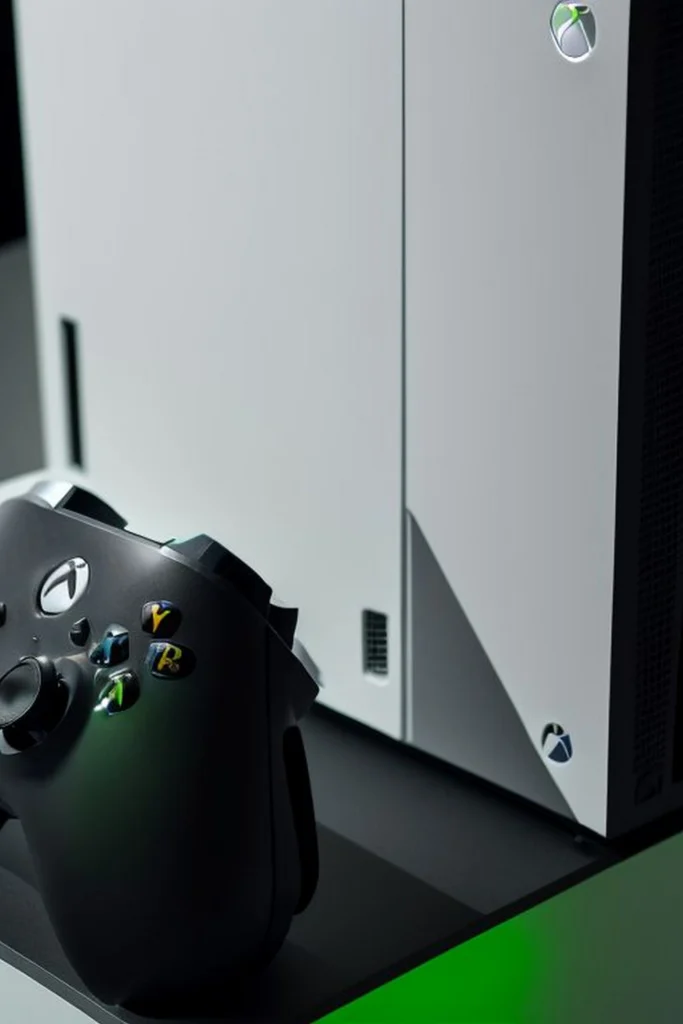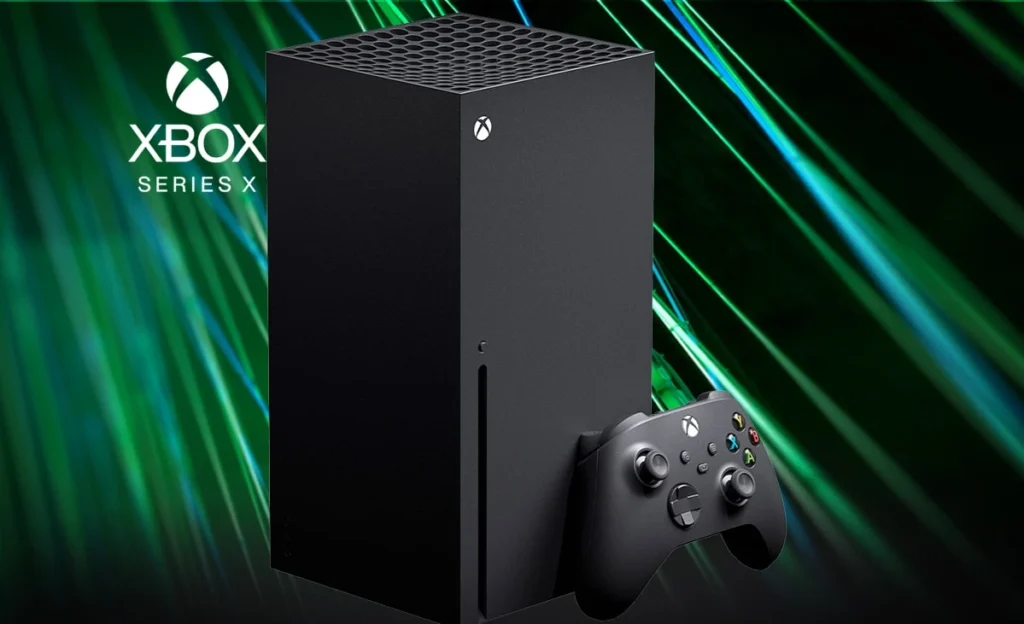Microsoft has officially raised the prices of its Xbox consoles by more than 25%, citing the return of tariffs first introduced during Donald Trump’s presidency. These tariffs, aimed at Chinese-made electronics and components, have once again disrupted the tech market—forcing companies like Microsoft to pass rising costs onto consumers. As the trade war tensions resurface, gamers are left wondering what this means for future console pricing and the broader video game industry.

Why Are Xbox Prices Increasing?
Tariffs Are Driving Up Production Costs
The primary reason behind the Xbox price hike is the reinstatement of tariffs targeting Chinese-made goods, including electronics and components essential to gaming consoles. These tariffs, originally implemented during the Trump administration, impose additional costs on imported hardware. Since a significant portion of Xbox manufacturing and assembly involves Chinese supply chains, the added financial burden has forced Microsoft to pass these costs on to consumers.
Microsoft’s Supply Chain Is Heavily Dependent on China
China plays a critical role in the production of Xbox consoles—from microchips and processors to assembly and packaging. With limited domestic alternatives for large-scale, affordable production, Microsoft remains tethered to this supply network. As a result, even a small change in import taxes or tariffs can create significant ripple effects across pricing.
The Global Tech Market Is Already Under Pressure
Even before the tariffs were reintroduced, the tech industry faced ongoing challenges such as chip shortages, shipping delays, and inflation. These broader economic pressures have made it increasingly difficult for companies to absorb extra costs without affecting their bottom line. The return of tariffs only adds fuel to an already strained situation, making price hikes almost inevitable.
Microsoft Responds with Price Adjustments
In response to these challenges, Microsoft has adjusted its pricing strategy. Rather than absorbing the rising costs, the company has increased retail prices of Xbox consoles by over 25%. This move reflects not just a reaction to tariffs but a broader shift in how tech companies handle global economic instability. While unfortunate for consumers, it’s part of Microsoft’s effort to maintain profitability and stay competitive in a volatile market.

What Are Trump-Era Tariffs and Why Are They Back?
A Quick Overview of Trump-Era Tariffs
Trump-era tariffs refer to a series of trade policies introduced between 2018 and 2020 under President Donald Trump, aimed at reducing the United States’ trade deficit—particularly with China. These policies placed steep taxes (often between 10% to 25%) on hundreds of billions of dollars’ worth of imported goods, including electronics, steel, machinery, and consumer products. The intention was to pressure China into trade concessions and encourage American companies to manufacture more domestically.
Why Gaming Consoles Were Affected
Gaming consoles like the Xbox, PlayStation, and Nintendo Switch were directly impacted because they are primarily manufactured or assembled in China. Despite lobbying efforts by major tech companies to exempt consoles from the tariffs, they remained on the list of taxed goods for extended periods. While there were some temporary suspensions or delays, the overall impact created uncertainty and cost pressure in the gaming industry.
Why the Tariffs Are Returning Now
Recently, the U.S. government has decided to reimpose or expand certain tariffs as part of a continued effort to reduce reliance on Chinese manufacturing and promote domestic production. While not all original tariffs have been reinstated in full, key sectors—including electronics—are again facing increased import taxes. This move comes amid ongoing geopolitical tensions, trade imbalances, and strategic competition with China.
Political and Economic Motivations Behind Their Return
The resurgence of tariffs isn’t just economic—it’s political. As the U.S. navigates global competition and election-year politics, trade policy has once again become a key issue. Reinstating Trump-era tariffs sends a signal about protecting American industry and being tough on China, but it also has side effects, such as driving up prices for consumer goods—like Xbox consoles—that rely on global supply chains.

How This Affects Gamers and the Gaming Industry
Gamers Are Paying the Price
The most immediate impact of the Xbox price hike is on consumers. With a more than 25% increase in retail price, buying a new Xbox console has suddenly become a lot less affordable for many gamers. This affects not only new buyers but also families and casual players who were considering jumping into the Xbox ecosystem. For budget-conscious gamers, the increased cost could be a dealbreaker—pushing them toward alternative platforms or second-hand markets.
Increased Pressure on the Gaming Market
The price hike isn’t happening in a vacuum. Rising hardware costs could slow down sales across the board, especially for consoles that were already on the higher end of the price spectrum. If Xbox consoles become less accessible, developers and game publishers may also feel the pinch. Fewer console sales can translate into a smaller player base and potentially reduced game sales and online service subscriptions, impacting overall revenue across the industry.
Shift Toward Subscription Services
In response to rising hardware costs, gamers might increasingly turn to digital services like Xbox Game Pass, which offer access to a vast library of games at a lower monthly cost. This could accelerate the industry’s shift away from physical consoles toward cloud gaming, digital downloads, and streaming-based platforms. While this is convenient for some, it could also further widen the gap between casual and dedicated gamers.
Growing Interest in Alternatives
With Xbox consoles getting more expensive, consumers may begin exploring other options such as PlayStation, Nintendo Switch, or PC gaming—depending on whether those platforms face similar tariff-related price adjustments. There’s also likely to be a spike in second-hand sales and refurbished consoles, as people look for ways to save money while still getting into the game.
Will Other Tech Brands Be Affected Too?
Sony and Nintendo May Face Similar Challenges
Xbox isn’t alone in relying on Chinese manufacturing. Both Sony’s PlayStation and Nintendo’s Switch consoles are also assembled in China using many of the same imported components. If the current tariffs remain in place—or expand—Sony and Nintendo could soon follow Microsoft’s lead and raise prices to offset their rising costs. This would make gaming more expensive across the board, not just for Xbox fans.
Broader Impact on Consumer Electronics
The tariffs target a wide range of electronics, including laptops, smartphones, tablets, and computer parts like graphics cards and processors. Major brands such as Apple, Dell, and HP are watching the situation closely. If tariffs continue or worsen, consumers could see price hikes on everything from iPhones to gaming PCs, potentially leading to delayed purchases or shifts in buying habits.
Manufacturers Are Exploring New Supply Chains
In response to ongoing trade tensions, many tech companies are attempting to diversify their supply chains. Some are moving portions of their production to countries like Vietnam, India, and Mexico. However, relocating manufacturing is a complex and costly process that takes time. In the short term, most brands remain heavily dependent on China, making them vulnerable to any tariff-related policy changes.
Holiday Sales and Tech Launches Could Be Disrupted
If these tariffs stay in place into the holiday season—the biggest sales period for tech products—we could see major disruptions. Higher prices might dampen consumer enthusiasm, while companies may scale back promotions or delay new product launches. In a competitive market where timing and pricing are everything, tariffs could significantly reshape how tech brands plan and execute their sales strategies.
Table of Contents
Amazon Tariffs: Navigating the E-Commerce Landscape as of April 30, 2025 – trendsfocus